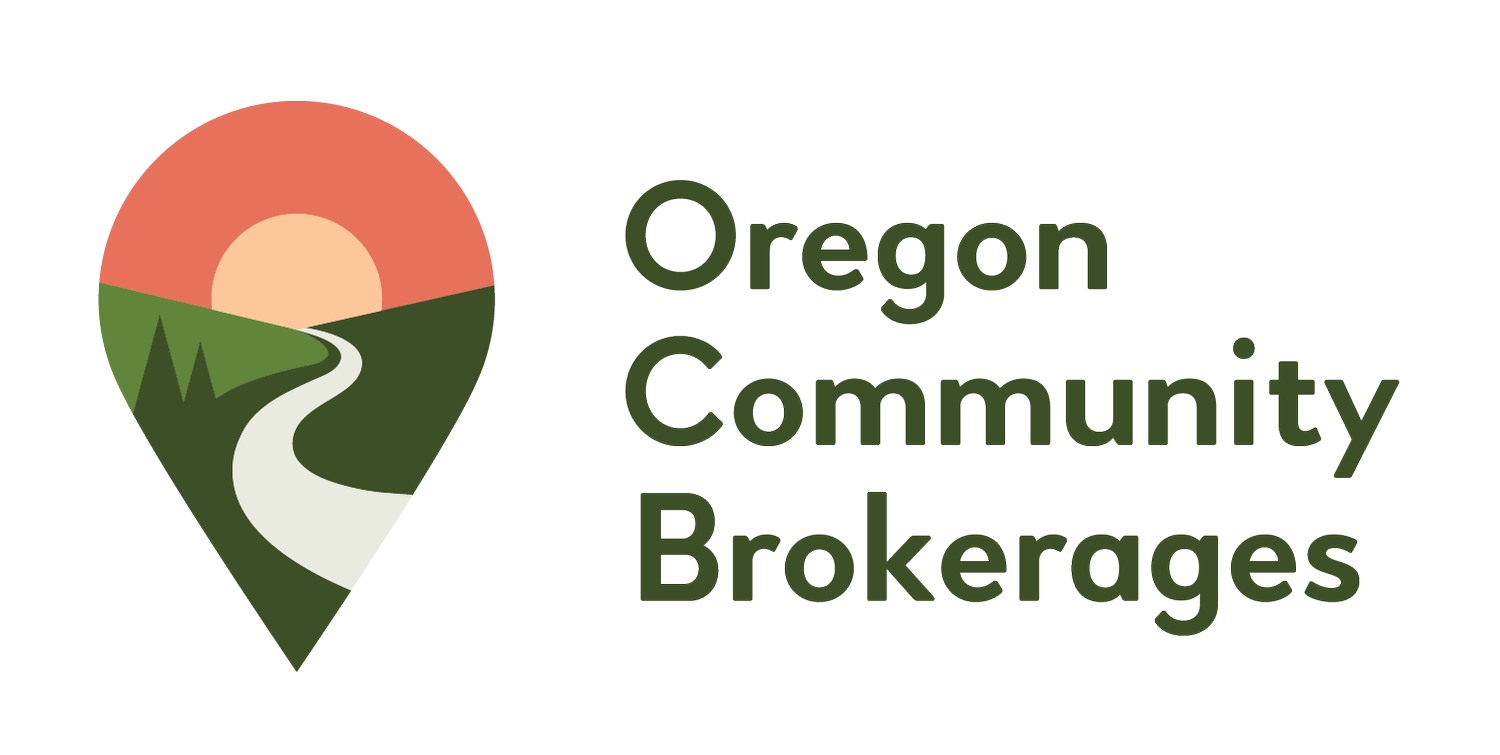
Compass! Blueprint! Change Is In the Air
A lot of work is underway at the Oregon Office of Developmental Disabilities Services (ODDS). Either you have heard about it, or you are going to start hearing about it soon. Changes are coming to processes, forms, service rates, case management, ISPs, and so much more. In order to understand all of this change, we need to revisit some recent history and follow the path to where we currently stand.

The State Budget Process: This Year's Recommendations From the Governor
You may have seen headlines this month about the release of Governor Brown’s Recommended State Budget. As discussed in yesterday’s post, the Oregon state budget takes several months and three major steps from start to finish. We begin with data, reports, and recommendations from each governmental agency as to how services are currently operating, and what it would take to continue them (ARB). Next, the Governor synthesizes the disparate agency requests into a single budget, recommending it to the legislature, and to all Oregonians (GRB). The state legislature then takes those critical components, pairs them with months of gathered input and information from constituents, and creates a final legislative budget for approval (LAB). Once the Legislatively Approved Budget is formally adopted, the process is complete. Oregon creates a budget every two years.

Why Vision Matters
We have talked a lot about the series of policy changes back in late 2013 that resulted in the statewide Community First Choice K Plan, in consolidating services and payment into the eXPRS Plan of Care, and the rise of the Adult Needs Assessment as a primary point of departure for service planning and funding. Today, we believe that more change is necessary if Oregon is to regain a functional, sustainable structure for IDD services.

Nothing Endures But Change
We have talked a lot about the series of policy changes back in late 2013 that resulted in the statewide Community First Choice K Plan, in consolidating services and payment into the eXPRS Plan of Care, and the rise of the Adult Needs Assessment as a primary point of departure for service planning and funding. The entire system still struggles to find equilibrium in the wake of such wholesale change. Equity in service allocations, rates of pay, and time spent on face-to-face services vs. paperwork has been disrupted due to choices made during the implementation of these policies. Today, we believe that more change is necessary if Oregon is to regain a functional, sustainable structure for IDD services.

Vision, January 2016: A Second Look at the Future of IDD Services in Oregon
Nearly one year ago, the Oregon Support Services Association shared our February 2015 Vision for the Future of Disability Services in Oregon. It was meant to be a comprehensive look at what we want for our service system, with ideas about how we might get there. While the ultimate vision hasn’t changed substantially, the ideas for how we get there have been refined to fit a January 2016 understanding of the world. Click here to view the OSSA Vision For the Future of Disability Services in Oregon, January 2016.
OSSA's Vision for the Future of Disability Services in Oregon
Sometimes, in the midst of change, it is hard to see the way forward. Oregon's system of services to people with intellectual and developmental disabilities once felt like it had a clear identity as a national leader for progressive, community-based service. We closed down institutions. We gave control to the people using the services. We showed that giving people self-determination can not only be right, it can also be cost-effective, good business.
